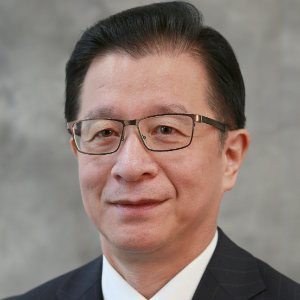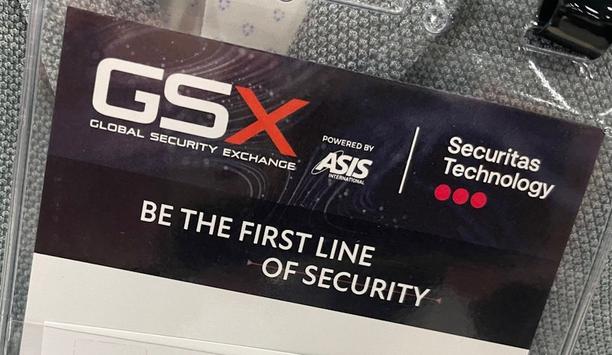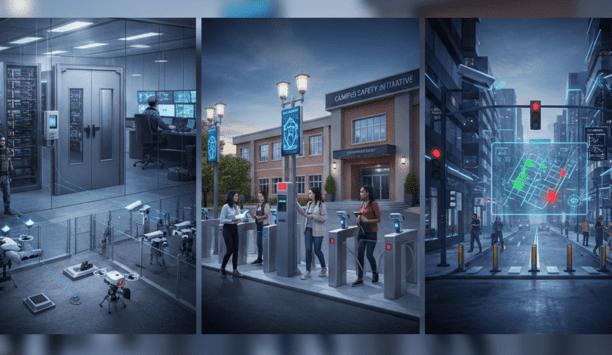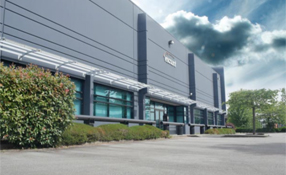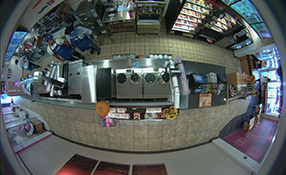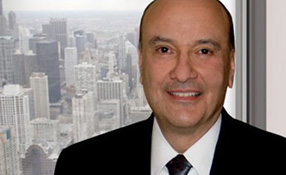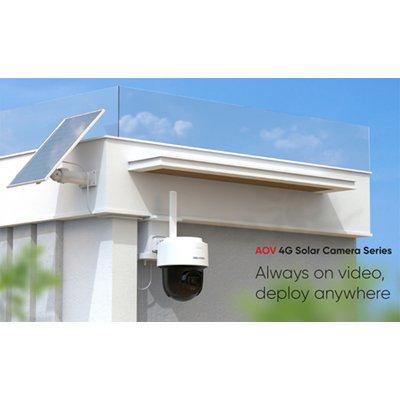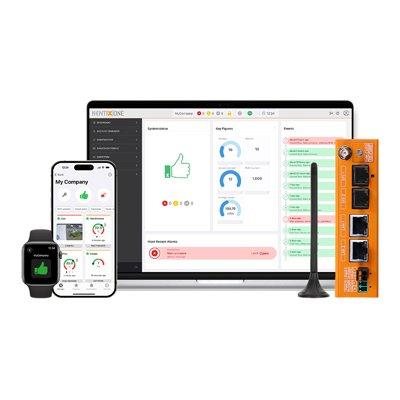Having leapt to the top of market share reports mostly selling inexpensive cameras, Hikvision USA is now making an aggressive play for large systems business at the top end of the market. Jeffrey He, President of Hikvision USA and Hikvision Canada, acknowledges that much of the company’s success to date has been in the low- to mid-sized systems market based on the “value proposition” of Hikvision’s inexpensive cameras. However, to succeed in the North American market, the Chinese giant has to compete head-to-head against the other large, brand-named camera companies – at every level of the market based on service and product quality.
In fact, pursuing the so-called “project business” – the large enterprise systems with hundreds or thousands of cameras – is where Hikvision can reach its next level of success, says Mr. He. “Hikvision came into the market on the low end, but now we’re establishing the brand, expanding the brand into higher tiers – that’s what’s going to win in the long run,” he says. A key strategy is to focus on the customer.
"The biggest thing is a cultural shift. We really want to position the customer overtly at the top of our organisation, not just pay lip service", says Jeffrey He, President of Hikvision USA and Canada |
Realising customer power
“The biggest thing is a cultural shift,” says Mr. He. “We really want to position the customer overtly at the top of our organisation, not just pay lip service.”
Mr. He says “the industry has lost sight of where the customer fits in an organisation. We are studying the customer as part of our organisation. Where does it fit into our company’s system? We are redoing the org charts to reflect the customer at the top, giving visibility to the idea that without the customer, we are sunk. The customer has the power to fire anyone from the CEO on down, simply by taking their business somewhere else.”
By customer, he means “end user.” Where manufacturers, distributors, rep firms, integrators and/or dealers fit in the mix is determined based on the customer-centric outlook, Mr. He says.
North American market – the destiny decider
“At the end of the day, the battle for market share will be won or lost in the North American market,” says Mr. He. “It’s a market that values a couple of things: Does the product solve the problem? Is it reliable? How responsive is the organisation?” He sees a shift in the market from product-centric to people-centric, with more emphasis on service rather than product features.
"At the end of the day, the battle for market share will be won or lost in the North American market. It’s a market that values a couple of things: Does the product solve the problem? Is it reliable? How responsive is the organisation?" comments Mr. He |
But Hikvision will be evolving its product line, too, to meet shifting market needs. Mr. He hints at a coming range of enhanced products that will target the upper end of the market. “How do we become an important part of the product portfolio of the larger integrators and business drivers in a region? We will understand what’s required and seek to fill that need.”
End-to-end vision
In addition to a focus on the customer, Hikvision is emphasising flexibility in a changing industry. Currently, Hikvision is working with various video management system (VMS) companies to ensure the end user has a choice of system components. “Currently, best-in-class is more important than buying an end-to-end solution from one source, at least in the enterprise market,” says Mr. He. “If the industry evolves to the point that there are only a few manufacturers, we can become an end-to-end company very quickly.” He acknowledges that recent industry consolidation, such as Canon’s acquisition of Milestone and Axis, may point to a greater emphasis on end-to-end solutions in the future. “But right now, flexibility is the key to serving our customers,” he says.



